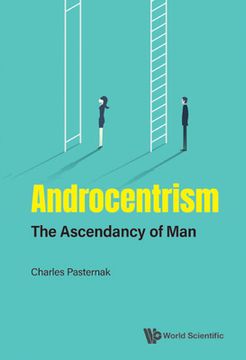Synopsis "Androcentrism: The Ascendancy of Man (in English)"
Since time immemorial, men have assumed superior innate qualities which have justified them in exerting power over the other sex right up to the twentieth century. The last few years have seen the emergence of a new literary genre: to show that despite this, women have managed to become outstanding writers, artists, scientists, explorers, rulers and politicians. Of such books, none discusses a fundamental question: is the supposed male superiority biological, or has it arisen for some other reason over the course of time? This is the issue that Androcentrism: The Ascendancy of Man addresses.The stronger physique of males may have given Palaeolithic man a feeling of superiority, but the two sexes probably lived in fairly gender-neutral, or even matriarchal, groups right up to the end of the Neolithic Age. Charles Pasternak argues that it was the emergence of hierarchies, like chiefdom, that largely sparked androcentrism. It became established as villages grew into towns, with the ownership of property as an important ingredient, during the Bronze Age. While the Mediaeval Period was a time of slight respite for women, the Age of Enlightenment in Europe did not bolster this trend; it reversed it. Not until the latter half of the nineteenth century was androcentrism beginning to be seriously questioned, but significant change happened only after World War I. Today androcentrism has virtually disappeared from most parts of the world. It was just a cultural blip, albeit one that lasted over 5,000 years.Related Link(s)

